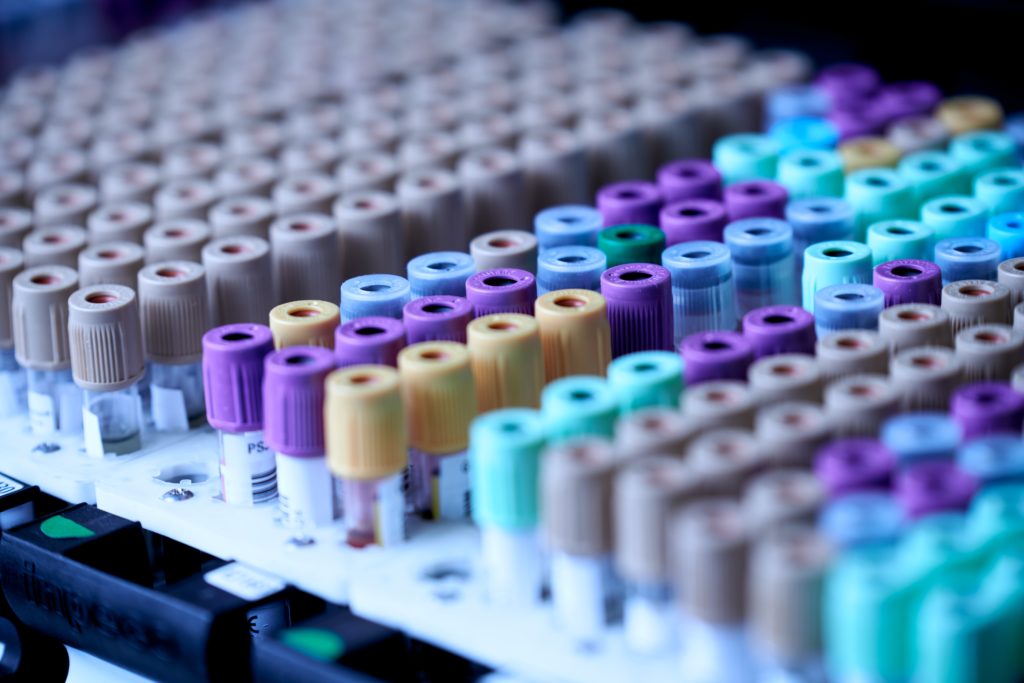Interpreting the meaning of reference ranges in a clinical laboratory is very important to establish a correct diagnosis of these results. That is why in this post we will detail how they are analysed and what is the meaning of the reference intervals.
It is not uncommon that when receiving the results of a laboratory test digitally, the patient is given the possibility to download the results and obtain a detailed list of values. There are cases in which a value is outside the reference range and this can trigger some doubts and questions and, although health professionals always suggest waiting for the consultation to draw conclusions, many do not do so and start speculating. In order to address this situation, it is necessary to have a thorough understanding of how reference ranges are calculated in a clinical laboratory.
Clinical laboratory results
Laboratories provide reports after tests have been performed that have different types of results: numerical, qualitative, with comments or with interpretation. Some tests will give yes or no answers, such as a finding of the presence of a bacterium. However, many other laboratory results are numerical and are compared to reference ranges.
The test results do not have a meaning in themselves, but are meaningful in comparison with reference values. By making such a comparison, it is possible to know whether the result is within the normal range or not.
How are these reference values established? These ranges compare a certain value measured in a biological sample with reference values obtained from a defined population of individuals. This allows clinical assessment of patients and can be associated with health or other physiological or pathological states.
The biological reference value
In order to interpret measurements and to be able to give a diagnosis of a biological quantity in a given patient, we cannot be unaware of at least one value of that quantity taken in similar individuals and establish a comparison. This means that it will be necessary to take samples and establish a point of comparison. It is on this need that the biological reference value is based: a measured value of a certain magnitude, obtained with the purpose of being compared in an individual (which we will call a reference individual) and which meets certain criteria.
The requirements are usually very diverse, as they will depend on the purpose of these biological reference values: we can establish reference with healthy individuals, with subjects suffering from a specific disease, etc. The requirement will be that the description of such individuals is unambiguous. Although, as mentioned above, reference values can be established for individuals with various conditions. It is more common to find reference values for healthy individuals, which are also referred to as “physiological reference values”.
As can be seen from the above, biological reference values always depend on the reference population and this should not be forgotten, as there is a possibility that the values of a certain biological quantity observed in a certain population may be different from those observed in another population. Another aspect to consider that cannot be overlooked is that the biological reference values of a certain quantity depend on the procedure used to measure that quantity.
The reference interval or range will be determined by the set of values to be included between the upper and lower limits of the range, based on the values obtained in the population. The reference interval will depend on factors such as age, sex and the type of sample obtained.
In the laboratory
Within a laboratory, the biological reference intervals that are estimated for a biological quantity will basically be determined by the socio-biological characteristics of the reference population, in addition to the meteorological characteristics of the measurement procedure used to obtain them.
However, the production of biological reference values for clinical laboratories is rarely produced by individual laboratories, since it is very difficult to get volunteers to act as reference individuals and the measurements are costly.
Therefore, laboratories often adopt biological reference values obtained by other institutions after validation of these. In the clinical laboratory it is also common to encounter cases where we need to compare two measurement procedures of a certain quantity to confirm that the results generated by both procedures are interchangeable (meaning that the reference values of one could be transferable to the other), such as when changing an analyser or when a quantity is measured with different procedures.
Clinical laboratories should always assume and declare meteorological requirements, and requirements for bias. In some countries these are mandatory (as in the USA and Germany) and must, of course, be complied with. But for each biological quantity, compliance with the meteorological requirements must be compatible with the adequacy of its reference intervals. This means that you cannot use a meteorological quality that is not the one that affected the production of the biological reference values you are using.
As we explained in this article, the reference intervals in a clinical laboratory are determining factors for the correct interpretation of the results and the consequent diagnosis.
At Ambar Lab we offer more than 3,000 laboratory tests, support in business management and the development of new projects. We work to ensure that our wide and growing catalogue of tests, as we know that knowledge is the key that facilitates our clients’ work. Contact us if you have any questions and visit our blog to keep up to date with all the latest news in the clinical field.





